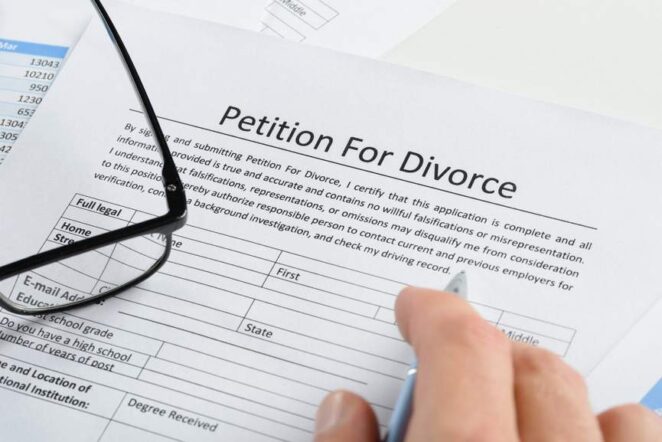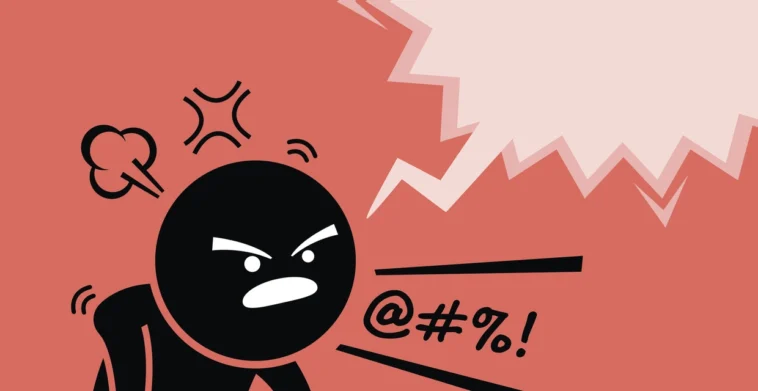Abuse, whether verbal or physical, in a marriage can be emotionally and physically exhausting. Recognizing the warning signs and knowing when to leave such a relationship is critical for one’s health and safety.
In this article, you will learn about the insights and guidance for people dealing with abuse in their marriage. Thus, emphasizing the importance of prioritizing personal safety and charting a course to a happier, abuse-free life after divorce.
Recognizing Signs of Verbal or Physical Abuse
- Identifying Verbal Abuse: Harmful language, belittling, threats, and manipulation are all examples of verbal abuse. It can leave emotional scars just as damaging as physical wounds.
- Understanding Physical Abuse: Physical abuse refers to any type of physical harm or violence, such as hitting, pushing, or any other act that causes injury or discomfort.
- Signs of Abuse: Recognize patterns of control, intimidation, isolation, and threats as indicators of an abusive relationship. Constant criticism, jealousy, or coercion may also be present.
Knowing When to Leave

- Prioritizing Your Well-Being: Your safety and mental health should come first. Understand that leaving an abusive is an act of strength and self-preservation.
- Happier After Divorce: Understand that remaining in an abusive relationship maintains the cycle of abuse. Leaving can help you break free from this cycle and live happier after divorce.
- Professional Help: Consult with therapists or support groups specializing in trauma and recovery. Healing from the effects of abuse is an important step towards a happier life.
Seeking Support and Safety Measures
- Reach Out for Help: If you’re a victim of abuse, tell a trusted friend, family member, or a professional counselor. Discussing your situation can provide emotional support as well as information about available resources.
- Safety Planning: Create a safety plan to keep yourself safe. This could include identifying safe places to go, packing an emergency kit, and knowing who to contact in the event of an emergency.
- Legal and Community Resources: Look into available legal options, such as restraining orders or abuse survivors’ shelters. Community organizations and hotlines can provide invaluable assistance and direction.
Taking A Step Forward

- Legal Guidance: Consult with a family law attorney. They can help you navigate the legal processes of divorce while protecting your rights and safety.
- Support System: Surround yourself with encouraging friends, family, or a support group. Having a strong support system is essential for emotional healing and progress.
- Self-Care: Concentrate on self-care practices and personal development. Pursue hobbies, participate in enjoyable activities, and prioritize your physical and mental well-being.
Embracing Self-Care and Professional Assistance
Prioritizing self-care, seeking professional help, and embarking on a journey of healing and personal growth after leaving an abusive marriage are critical steps toward rebuilding a happier and healthier life.
- Focus on Healing: Leaving an abusive marriage is the first step in the healing process. Invest in therapy, counseling, or support groups to address trauma, rebuild self-esteem, and healthily process emotions.
- Self-Discovery and Personal Growth: Use this transition to your advantage for self-discovery and personal growth. Explore new interests, set new goals, and rediscover strengths and passions that were possibly suppressed during the abusive relationship.
- Boundaries and Self-Respect: Learn to set healthy boundaries in relationships and prioritize self-respect. Recognize warning signs of potentially toxic relationships in the future and empower yourself to walk away from situations that are not in your best interests.
- Professional Support: Seeking professional assistance from mental health professionals. This includes therapists or counselors who specialize in trauma recovery and can provide invaluable guidance and tools for navigating the emotional aftermath of leaving an abusive marriage.
For a better understanding of divorce laws, make sure to check out this article.
Safety Planning Specifics

Safety planning is a critical aspect for anyone considering leaving an abusive marriage. A detailed safety plan should include creating a safety kit with essential items like important documents, extra cash, and necessary medications.
Documenting incidents of abuse can be vital for legal purposes; keeping a record of dates, times, and descriptions of incidents can serve as evidence.
Developing a communication strategy for emergencies, which may involve identifying a trusted person for contact, is crucial. This plan should be regularly reviewed and updated as circumstances change.
Children’s Well-Being
The impact of abuse on children cannot be overstated. It’s essential to protect them from abusive environments and to consider their well-being in every decision made. This might involve seeking legal advice for custody arrangements to ensure their safety and stability.
Finding resources specifically designed for children who have witnessed abuse is also important. These resources can provide them with the necessary support and counseling to address any trauma they may have experienced.
Financial Independence

Achieving financial independence is a crucial step in leaving an abusive marriage. This process might involve creating a financial plan that includes setting up a separate bank account, saving funds for emergencies, and gaining an understanding of one’s financial rights in a divorce.
Seeking advice from financial counselors or support groups can guide managing finances independently.
Long-Term Healing
The journey towards healing from an abusive relationship is often long and complex. Therapy and counseling are vital parts of this process, offering a space to work through trauma and rebuild self-esteem.
Understanding that healing involves various stages, including the potential for post-traumatic growth, is important. Ongoing support from therapists, support groups, or trusted individuals plays a crucial role in this journey.
Legal Procedures and Documentation

Navigating the legal aspects of leaving an abusive marriage is a critical step. This includes understanding how to file for a restraining order, obtaining a divorce, and protecting one’s legal rights.
Documenting incidents of abuse is vital in this process, as it can serve as evidence in legal proceedings. Consulting with a lawyer who specializes in domestic abuse cases can provide guidance and ensure that one’s rights are protected.
Cultural and Religious Considerations
Cultural and religious factors often play a significant role in the decision to leave an abusive marriage. It’s important to recognize and navigate these complex factors sensitively. Seeking support from cultural or religious communities can provide solace and guidance.
Additionally, finding resources and support groups that understand and respect these cultural and religious considerations can offer tailored assistance and advice.
Conclusion
To summarize, recognizing and leaving an abusive marriage is a difficult but courageous decision. It puts your safety and well-being first. Leaving an abusive marriage is a pivotal leap towards a happier, abuse-free life after divorce.
Individuals can navigate the difficult process of leaving an abusive marriage and creating a future filled with happiness and freedom from abuse. This can be done by seeking support, prioritizing safety, and taking steps toward healing and personal growth.




